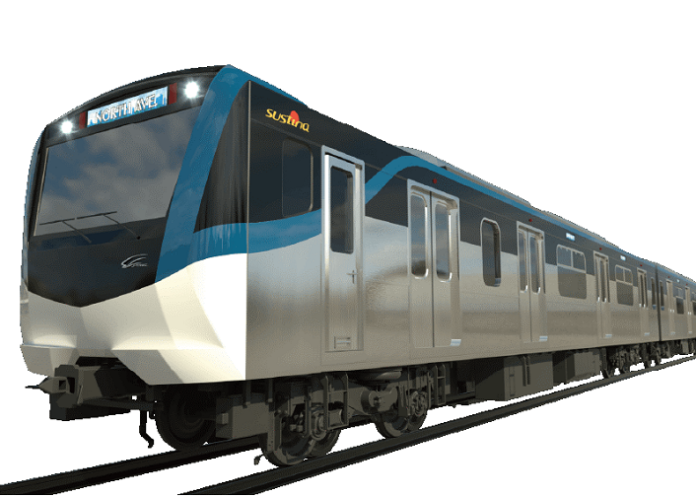-
The Philippines and Japan signed documents for the second tranche of the loan for the Metro Manila Subway Project (MMSP) Phase 1
-
Documents for the JPY253-billion (US$2.3 billion) loan for the construction of the country’s first subway were signed on July 27
-
The additional funding will be used to expand the original line to include two more stations, a spur line to Ninoy Aquino International Airport, and rail tracks that will also be used by the North-South Commuter Train
-
The 36-kilometer MMSP is the first underground railway system in the Philippines that will provide the most modern mass transportation in the National Capital Region
The Philippines and Japan have signed documents for the second tranche of the JPY253-billion (US$2.3 billion) loan for the Metro Manila Subway Project (MMSP) Phase 1.
Foreign Affairs Secretary Teodoro Locsin, Jr. and Japanese Ambassador to the Philippines Koshikawa Kazuhiko signed the documents on July 27.
The loan will be coursed through Japan International Cooperation Agency and will be used to fund the country’s first subway project.
The additional funding will provide for expansion of the original line to include two more stations (17 stations in total)–a spur line to Ninoy Aquino International Airport (NAIA) and rail tracks that will also be used by the North-South Commuter Train.
The current loan caps the JPY1 trillion aid package promised by then Japanese Prime Minister Abe Shinzo during his visit to the Philippines in January 2017.
The first tranche of the loan worth JPY104.53 billion yen was signed in 2018.
The MMSP is the first underground railway system in the country that will provide the most modern mass transportation in the National Capital Region. It will stretch from Valenzuela City to Food Terminal Inc. (FTI), Parañaque, and NAIA Terminal 3 in Pasay, and will further extend across the north and south zones of the Greater Capital Region.
The 36-kilometer subway project aims to ease traffic congestion, meet fast-rising transport demand, and reduce air pollution in the country’s premier urban center.
The first phase of the MMSP will be constructed using cutting-edge Japanese tunneling technology and will stretch from Mindanao Avenue in Quezon City to FTI in Taguig, before continuing on to NAIA.
READ: DOTr signs deal for first 3 stations of MM subway project
The first phase of the 25.3-kilometer subway connecting the north and south of Manila will run from Mindanao Avenue in Valenzuela City through FTI in Taguig City and end at the NAIA in Paranaque City, effectively decongesting traffic and connecting major business centers in Metro Manila.
Early this year, the Department of Transportation took delivery of two of the 25 tunnel boring machines to be used for the MMSP.
READ: All parts of 2 subway tunnel boring machines now onsite
Actual excavation and digging works for the MMSP are expected to start before theyear ends.





